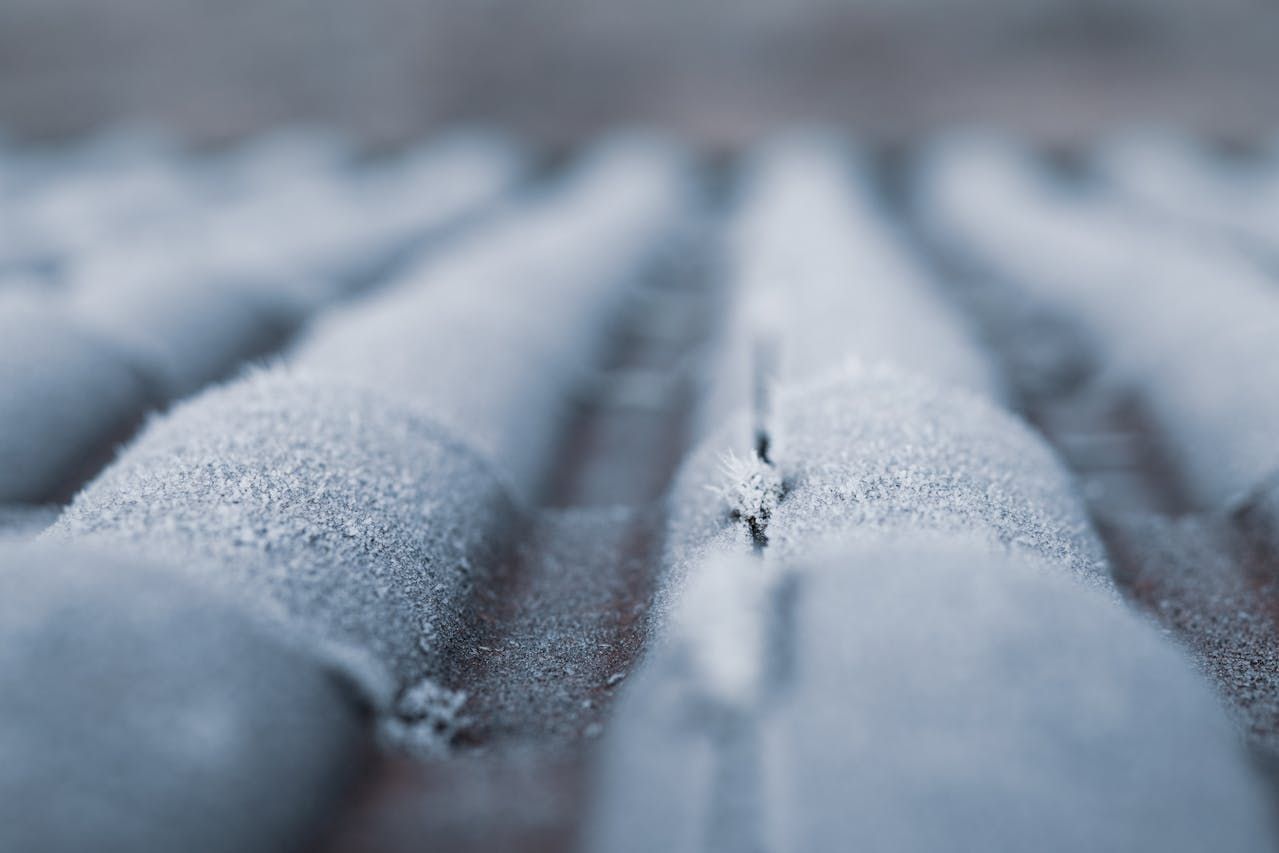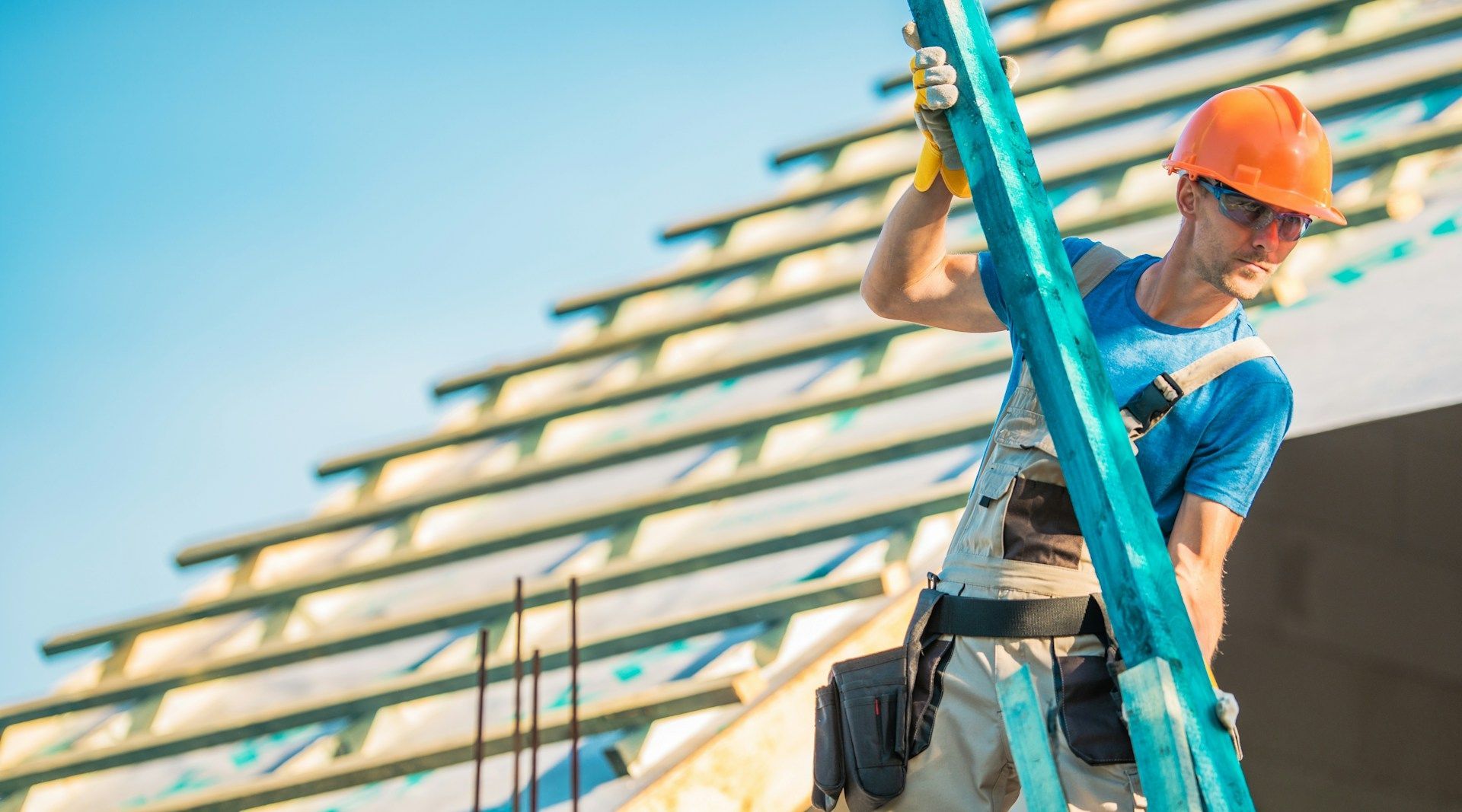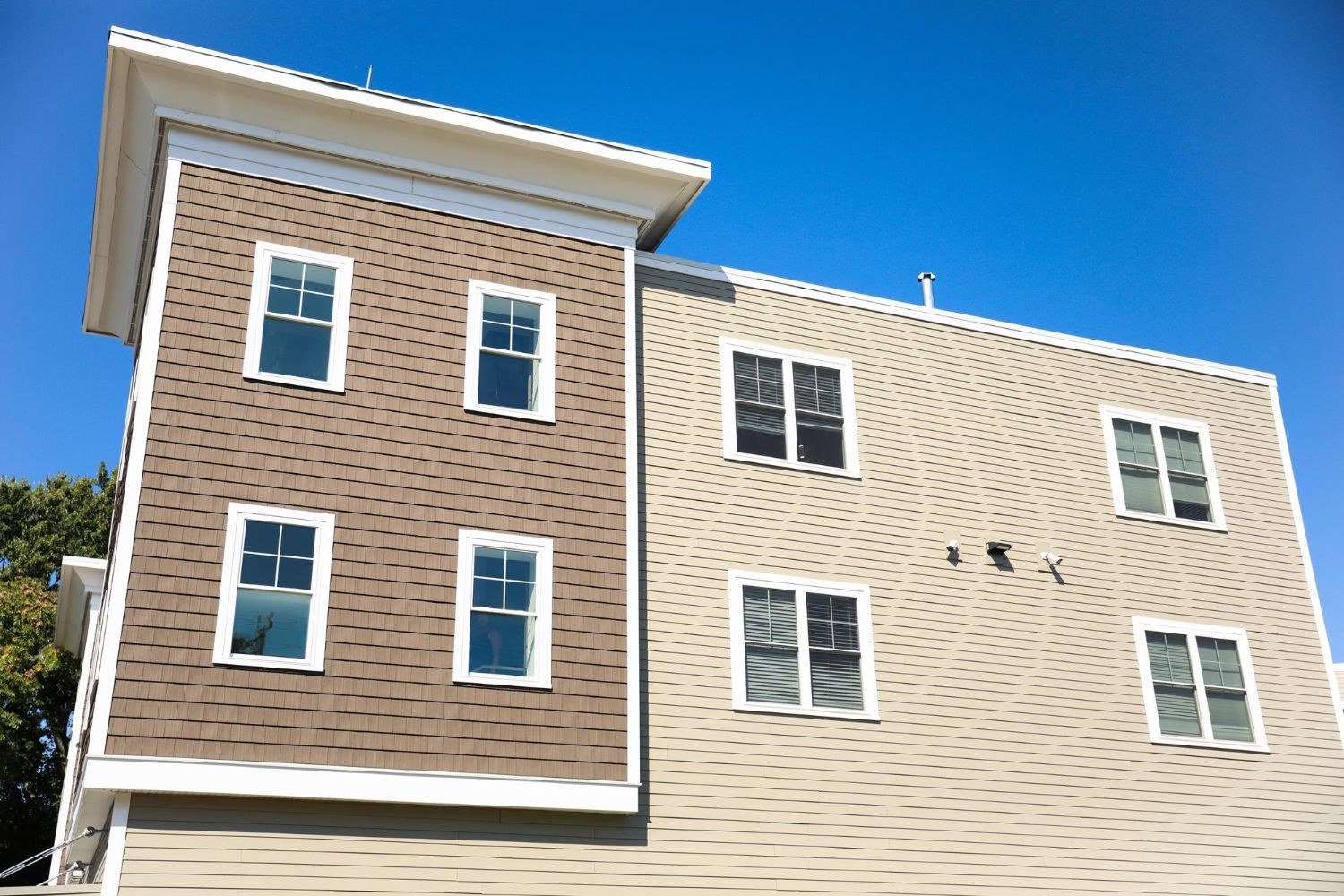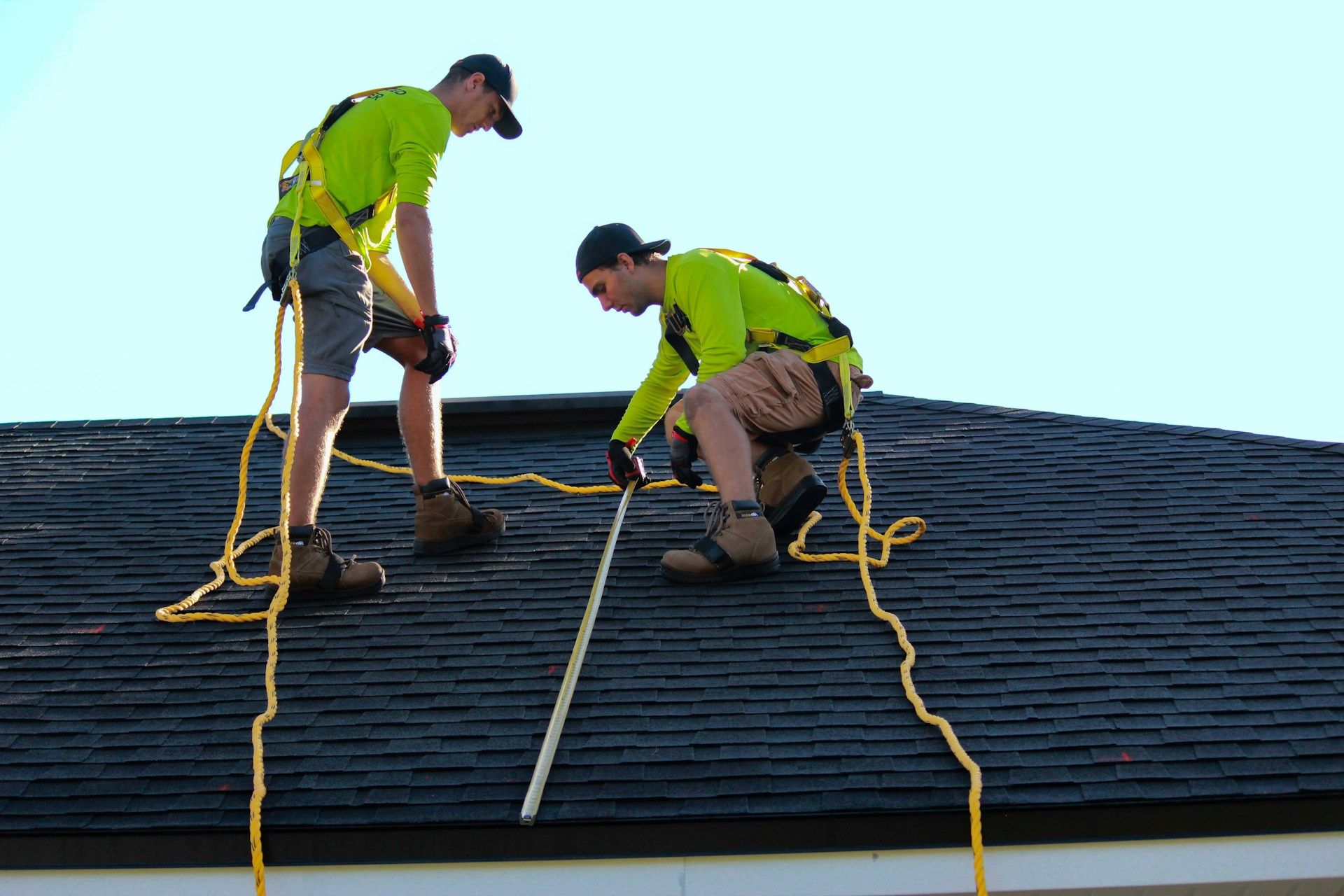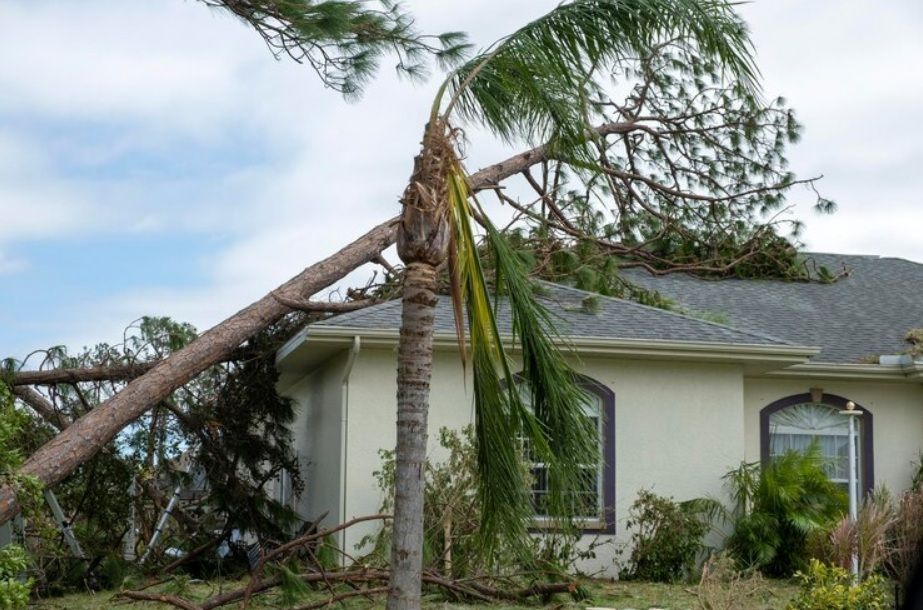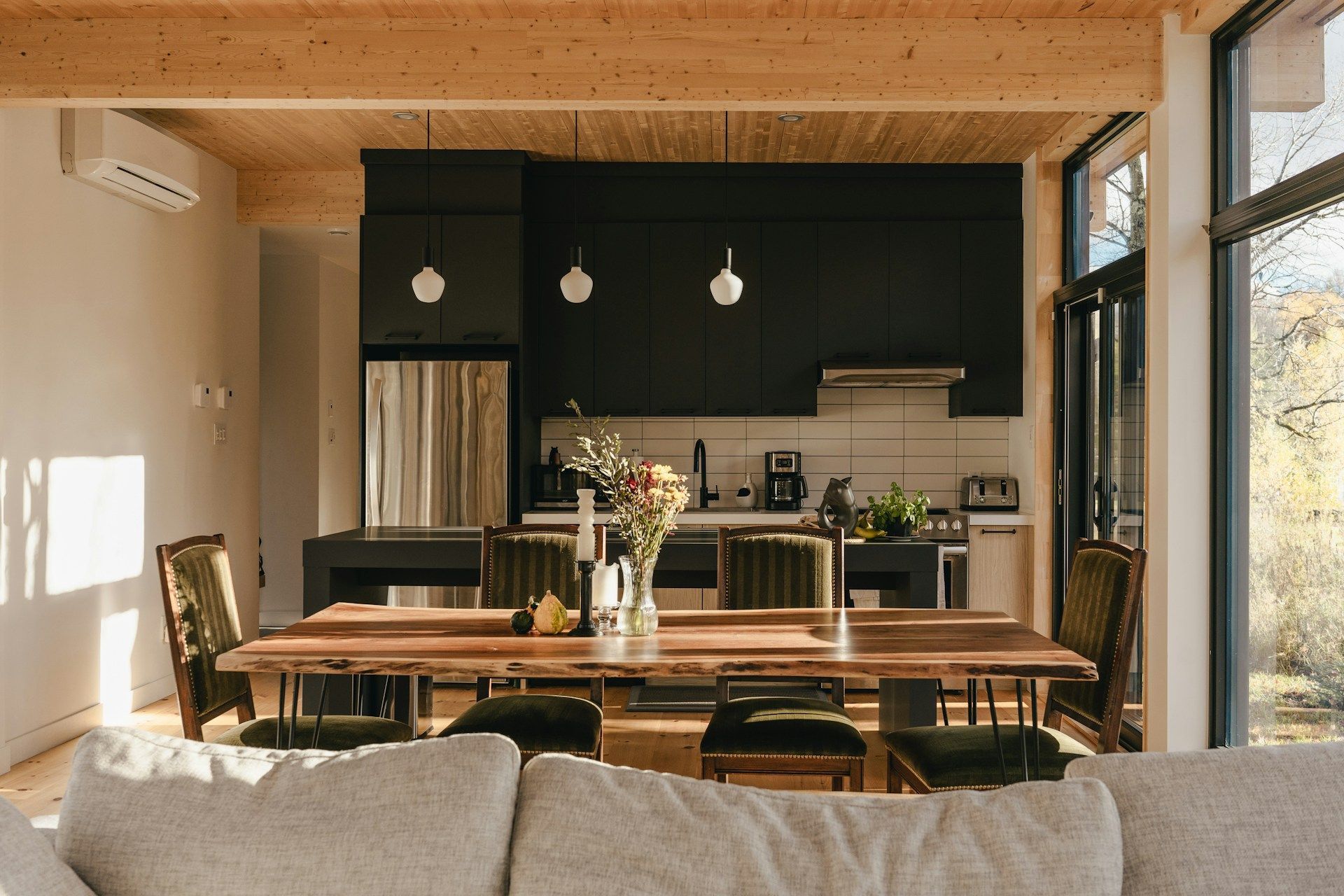Proper Techniques for Installing Roof Valleys
Roof valleys are one of those spots on a roof where everything seems to come together. They’re the channels where two roof slopes meet, creating a pathway for water runoff. Because of where they sit and how they function, valleys end up carrying more water than nearly any other part of the roof. This means they take on more wear and tear and are more likely to show signs of damage if something wasn’t done right during the installation. Especially with shingle roof installation, how these valleys are handled can make or break the whole system.
When roof valleys aren’t placed correctly or protected well enough, the first sign of trouble usually shows up during a heavy rain or when the snow starts to melt. Chicago homes run into these conditions regularly. Homeowners might spot leaks, stains on ceilings, or water streaks running down interior walls. These kinds of problems often begin small and turn into bigger issues fast if ignored. That’s why understanding how roof valleys work and how to install them right makes a big difference.
Understanding the Role of Roof Valleys
A roof valley functions like a built-in stream for your rooftop. It lets water flow from two sections of the roof into one channel, often leading toward a gutter. Without valleys, water would scatter, slide sideways under shingles, and soak the wooden structure. The unique angle of the valley helps move water off your roof faster and keeps leaks from forming.
Since valleys carry large volumes of water compared to the rest of the roof, they end up under more stress from rain, melting snow, and debris. If that stress isn’t expected and managed during the build, problems are more likely. Chicago’s freeze-and-thaw swings and lake-effect storms only increase this wear. That’s why valleys need extra care in both design and installation.
Shingles covering these valleys aren’t laid down the same way as on flat roof sections. They need to be measured and cut to guide water correctly. Lining up cuts wrong or placing nails too close to the valley's center can offer water a perfect entry. When valleys don’t drain efficiently, the rest of the roof system pays the price.
Essential Steps for Proper Roof Valley Installation
Getting roof valleys done right starts with a solid process. Skipping steps or rushing can cause leaks before the first winter’s over. Professionals follow a careful approach when handling these connections.
Here’s how it’s done:
1. Prepare the roof deck:
Before anything is added, the surface needs to be cleaned and dried. Any old nails, debris, or improperly laid materials underneath can compromise the entire valley.
2. Install the underlayment:
A protective barrier is added directly to the valley area. It guards the roof in case moisture finds its way past the shingles. This extra layer is especially useful during extreme storms or heavy snowmelt.
3. Place the valley liner:
The liner can be made of metal for open valleys or woven shingles for closed valleys. Metal gives runoff a clear path, while woven shingles overlap in a pattern to manage direction. Both require precision to keep water moving.
4. Align and fasten shingles properly:
Shingles should not be nailed too close to the center of the valley. This prevents water from slipping through any fastener holes. Nails are placed a bit back from the center to stay dry.
5. Inspect the valley line:
Once everything is in place, installers look for any cuts that are off, nails sitting too close to water paths, or anything blocking the flow. If needed, final adjustments are made to keep everything smooth and sealed.
Every step matters. If cuts aren’t clean or if anything blocks water movement, the whole system can break down fast. But when done right, roof valleys quietly do their job every season—with very little maintenance needed.
Common Mistakes to Avoid
Many roof valley problems come from simple errors. Even well-planned projects can go wrong if the details aren’t handled carefully. A few common mistakes show up again and again. Avoiding them means your roof will hold strong far longer.
Here are some of the most frequent mistakes we see on Chicago roofs:
- Improper nailing:
When nails are driven too close to the center of the valley, water can reach those points and seep in, leading to early leaks.
- Poor valley liner placement:
If the liner isn’t flat or is installed with wrinkles, overlaps, or gaps, water flow can get thrown off and go underneath the shingles.
- Bad shingle cuts:
Clean, straight edges matter more in valleys than anywhere else. Crooked or mismatched cuts allow water to build up or change direction.
- Mixing the wrong materials: The shingles and liners need to be compatible. When different types of metal are used together or when flashing steps are skipped, corrosion becomes a real issue in cold, snowy climates.
- Ignoring slope issues: Valleys need a proper pitch to guide water out quickly. Not building enough slope means water or snow just sits, eventually soaking in.
Homeowners may not always spot these issues from the ground, but a poor install will make itself known after a few storms. Roof valleys should lie flat, drain clean, and look well-aligned without jagged shingle ends or random blobs of sealant.
Benefits of Professional Installation
There’s a lot more to installing shingle roof valleys than cutting and nailing. Professional roofers bring experience, especially when working in a place like Chicago. Knowing how valleys hold up under snow loads, icy rain, and freeze cycles can’t come from watching a video or reading a manual. It comes from doing the job year after year.
Roofers who understand the region also pay attention to gutter paths, overflow points, and snow drift zoning. These small extras make a big impact when storms roll through. They choose materials that work together and hold up through bad weather, not just sunny days.
Hiring pros means the job will take a bit more time, but short-term speed isn’t worth long-term leaks. A valley put in correctly now could prevent expensive full-roof patches later. Instead of patching after each winter, many homeowners enjoy peace of mind knowing their valleys are built to last.
A reliable roof valley also protects the larger system. These channels manage the most runoff per square foot. If one spot fails, it’s not just water damage in the valley—it can impact ceilings, walls, insulation, and even the foundation if it drains wrong. Getting it done right makes a major difference.
Keeping Your Roof in Top Shape
No matter how strong the valley installation is on day one, it won’t last forever without regular checkups. Between falling leaves, spring rains, and snowy build-up in winter, valleys tend to gather more clutter than other areas.
Here are a few maintenance habits that help valleys last longer:
- Clean away leaves, dirt, and twigs that block water paths. Trapped debris causes ponds of standing water that break down materials.
- Check for lifting shingles or exposed nail heads. Catching these early saves you from big interior repairs later on.
- After snowstorms, make sure no large snow piles are sitting in valley dips. Drifted snow can hide lifting shingles or pressure weak spots.
- Look for uneven or crooked lines where shingles were once straight. That’s often a sign that water has been sneaking in.
Routine checks are easiest to do right after storms or during seasonal transitions when it’s clear what held up and what didn’t.
Stay Dry and Secure This Winter
Winter is when roof valleys get put to the real test. Melting snow, ice buildup, refreezing, and sleet all move down into these narrow channels. If any part of the valley was installed poorly or has started to fail, that water won’t stay outside—it will find its way in.
Late fall in Chicago is your chance to catch these issues before they turn into emergency repairs. Even if your roof looks fine from below, get a second set of eyes on it before snow covers everything. Problems like cracked shingles, rusted metal, or drying sealant often go unnoticed until it’s too late.
If your roof valleys are solid now, you’re less likely to see issues as temperatures drop. That means no surprise leaks and no frantic repair calls during a storm. Well-installed valleys should work without bringing attention to themselves. When they do, your whole home stays warmer, drier, and easier to manage through the season.
Ensure your home is protected year-round by getting a professional assessment for your roof's valleys and overall integrity. At Region Roofing & Remodeling, we're equipped to handle all aspects of
shingle roof installation, making sure each part of your roof works together to keep out water and withstand harsh conditions. Don't let a simple oversight cause bigger problems down the road. Contact us today to keep your roof in excellent condition amid Chicago's challenging weather.

